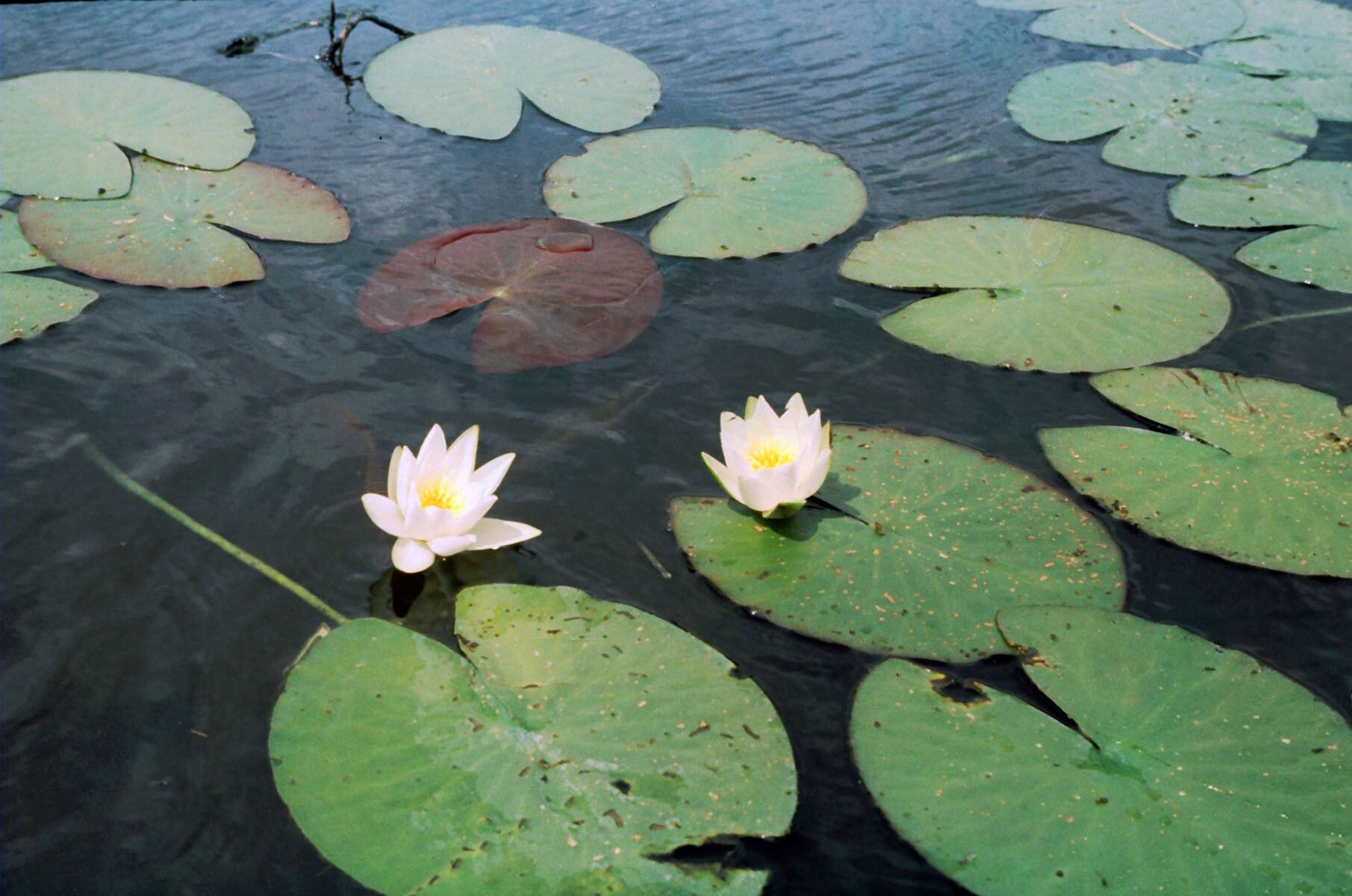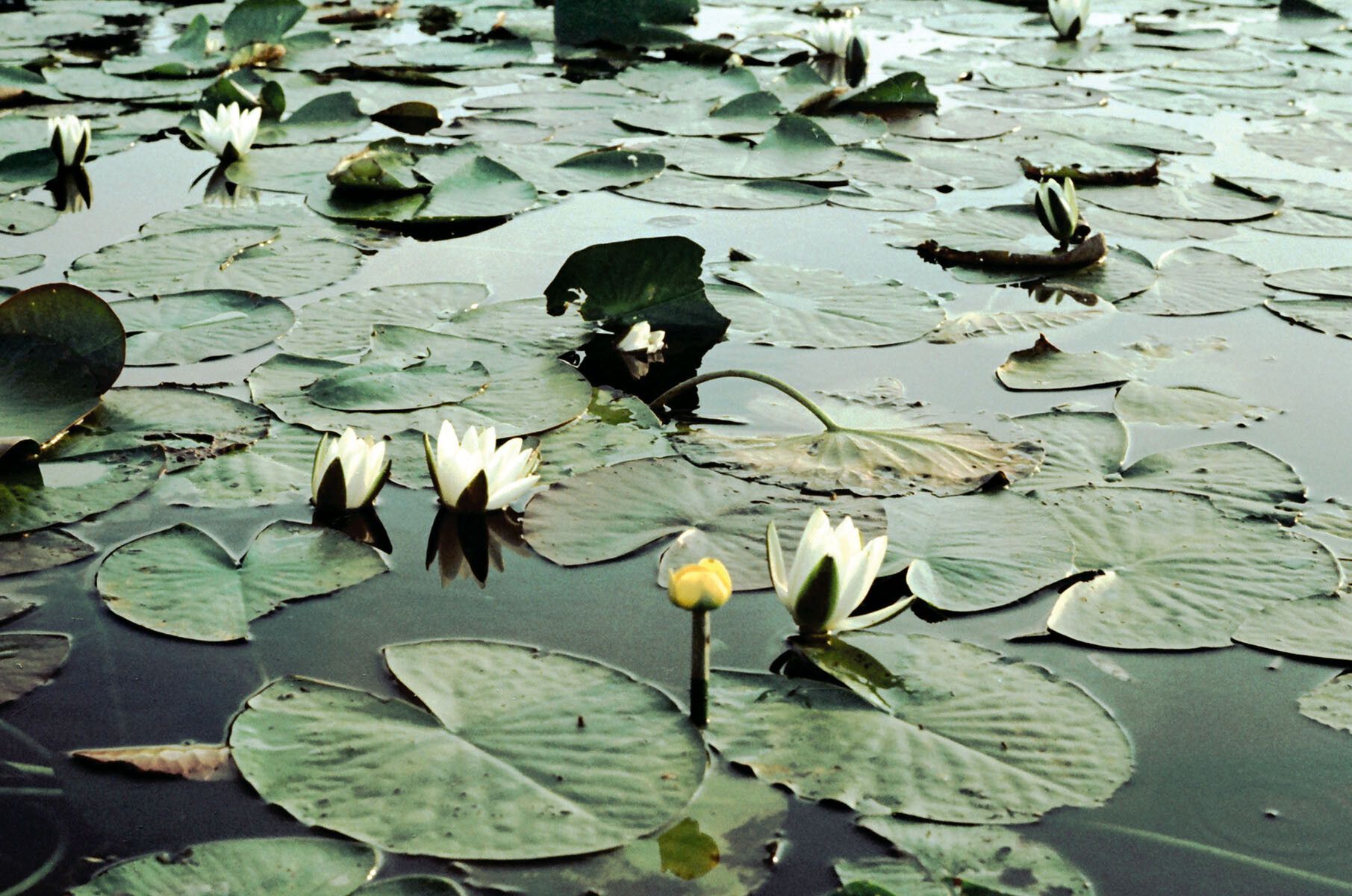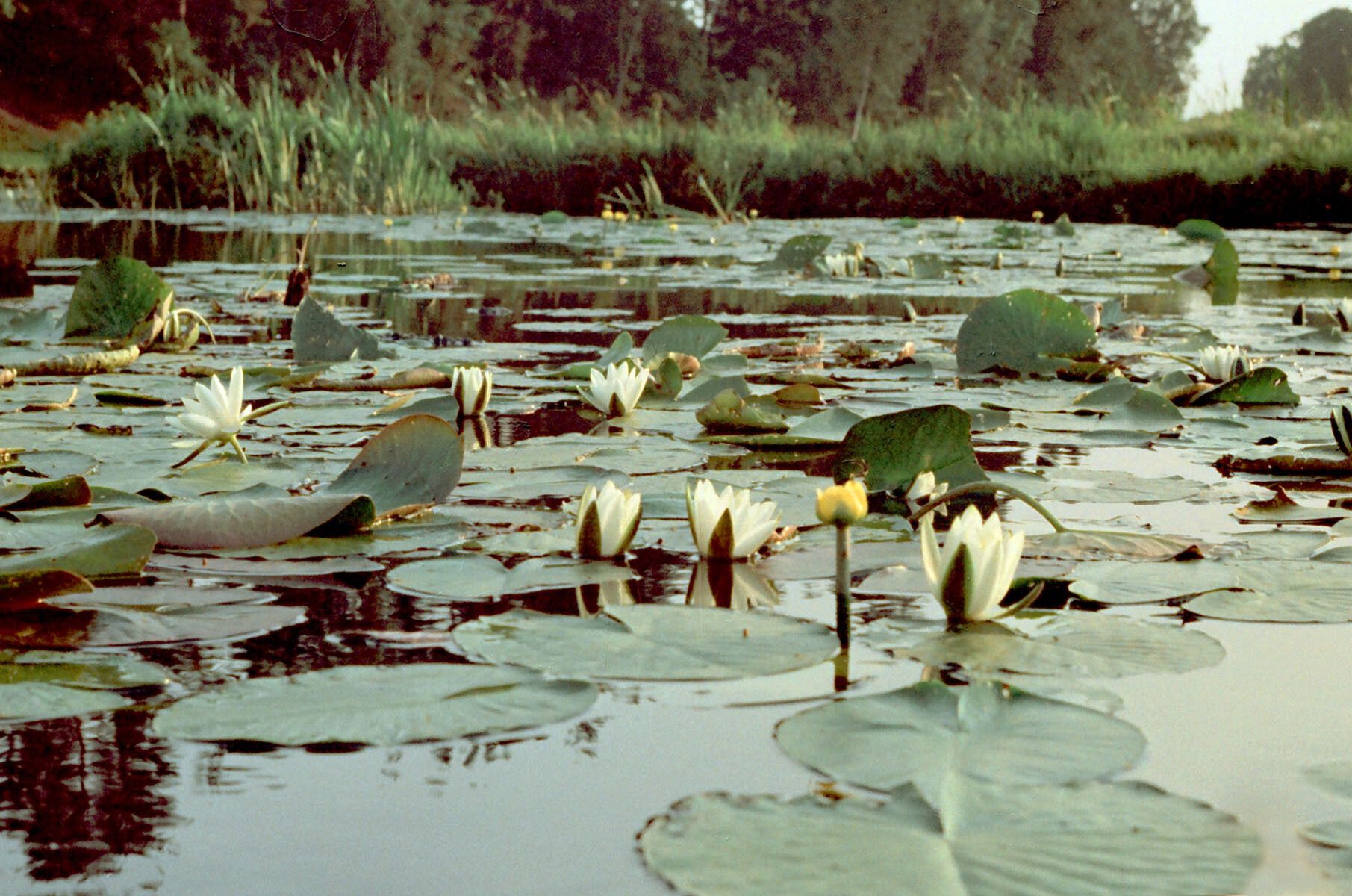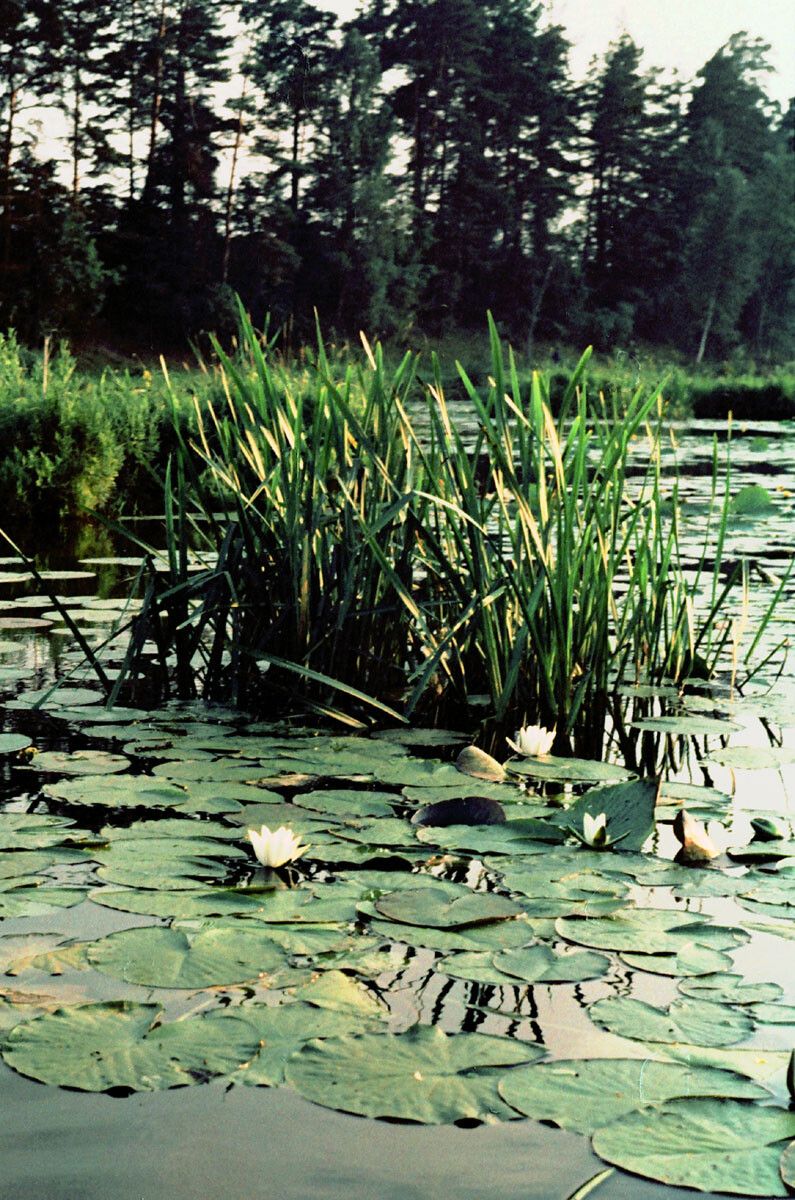觀察資料
鑑定結果
Proposed determination
可能的名字 (送出的名稱)
100%Confidence score
Suggest another determination
You don’t agree with the suggested species but don’t have another suggestion
註解
額外資料
建立日期
2023年5月31日
最後修訂
2024年8月4日
Paniewo, Augustowskie, Krzywe lake
It is native to North Africa, temperate Asia, Europe and tropical Asia (Jammu and Kashmir).
Ornamental plant.
Edible plant - roots cooked, eaten when several years old, it contains up to 40% starch, 6% protein, ; the roasted seeds are a coffee substitute; seeds cooked, contain about 47% starch.
Herbal plant - the rhizomes are anodyne, antiscrofulatic, astringent, cardiotonic, demulcent and sedative; a decoction of the roots is used in the treatment of dysentery or diarrhoea caused by irritable bowel syndrome, it has also been used to treat bronchial catarrh and kidney pain and can be taken as a gargle for sore throats, externally they can be used to make a douche to treat vaginal soreness or discharges; in combination with slippery elm (Ulmus rubra) or flax (Linum usitatissimum) it is used as a poultice to treat boils and abscesses; the flowers are anaphrodisiac and sedative, they have a generally calming and sedative effect upon the nervous system, reputedly reducing the sex drive and making them useful in the treatment of insomnia, anxiety and similar disorders; a complete cure of uterine cancer by a decoction and uterine injection has been recorded.
Useful plant - formerly a source of organic black dye extracted from the roots.
Shared in
群組 (16)







